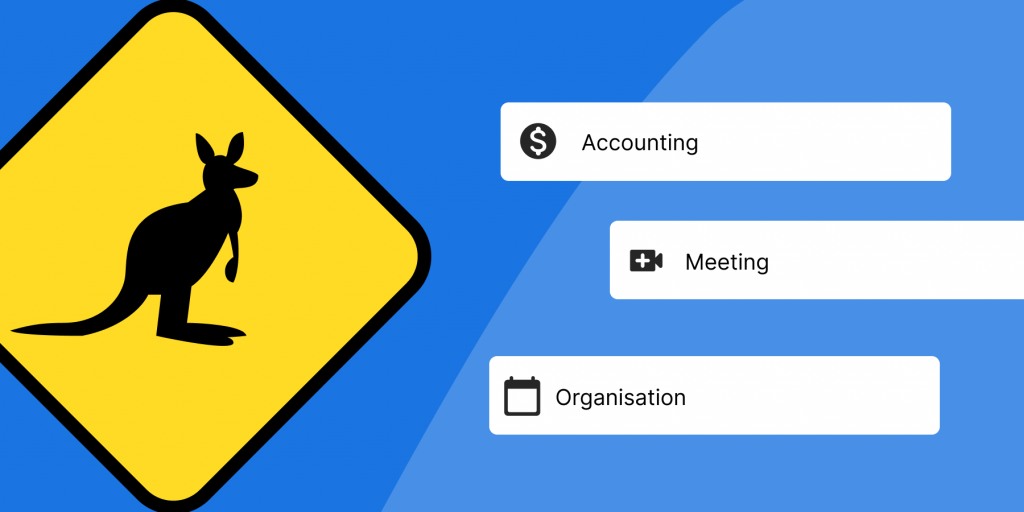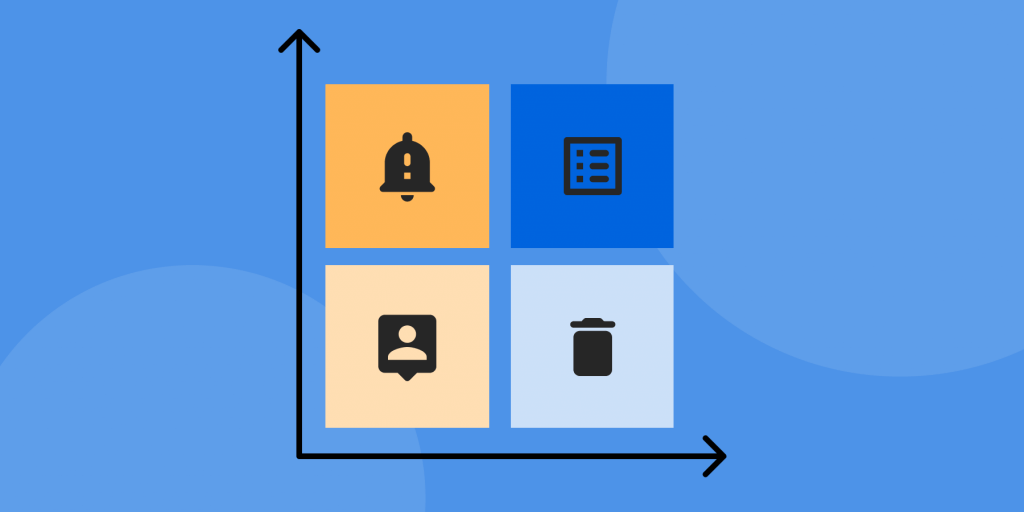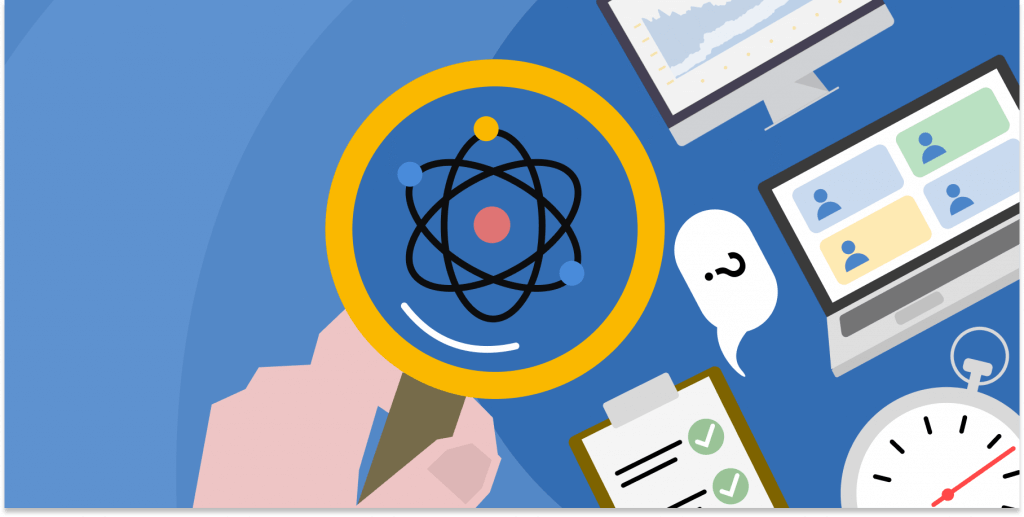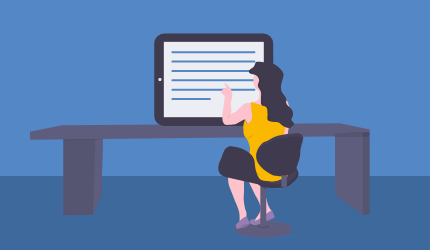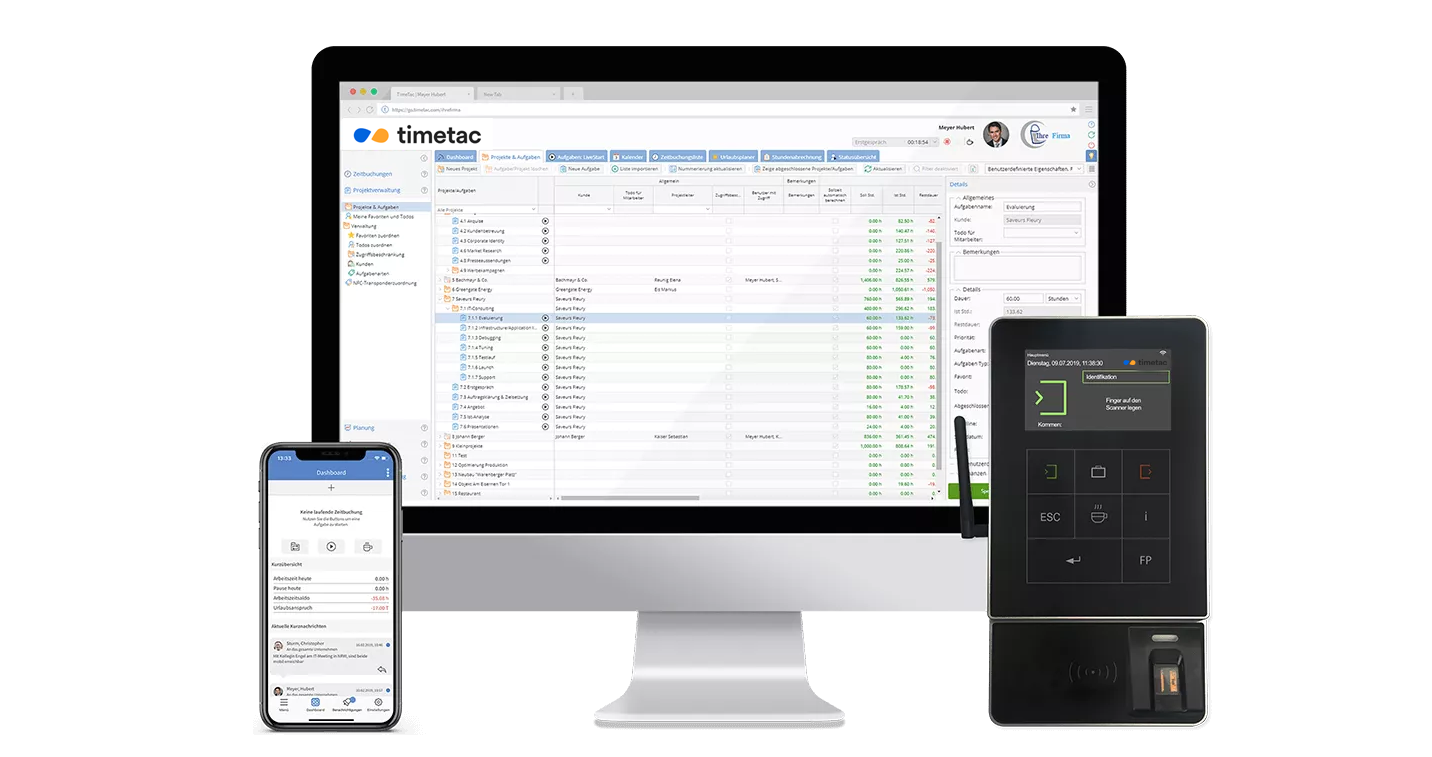Power Napping vs. PowerPoint: Why Breaks at Work Are Important
by Anna Eisner-Kollmann, 01.03.2023
We live in a fast-paced world where it is important to work efficiently and productively. However, we often forget that breaks are just as important to our performance as the working hours themselves. Taking regular breaks can help us return to work invigorated and refreshed, increasing our focus and creativity. In this blog post, we'll look at the benefits of taking breaks at work and why they're essential to our performance.
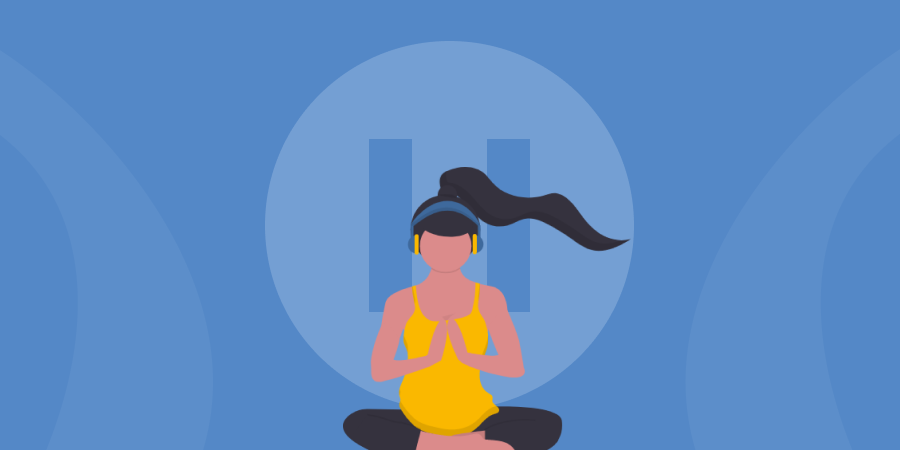
Why We Need Regular Breaks
Brain research confirms that we are not able to concentrate for eight hours straight. After about 45 to 90 minutes, our attention, concentration, and performance drop. The reason for this is that our glycogen stores are empty. Therefore, we need breaks to perform, make smart decisions, and stay healthy. By the way, those who take regular breaks also need shorter breaks. Why is that? You train your ability to switch off, and regeneration occurs more quickly.
Contents
Why Are Breaks in the Workplace So Important?
Breaks have a bad reputation in some companies. Wrongly so, because taking a break does not mean being lazy. On the contrary, you will tackle the tasks with a fresh mind afterward. Working through it without being productive is also useless to the employer. And burnout, which causes employees to miss work for weeks, is even worse for the company.
Rest breaks increase concentration
One of the most significant benefits of taking breaks is that they can increase our concentration. When we work for hours straight, our brain gets tired, and we become less and less able to concentrate. With the help of breaks, we can recover briefly and then continue to work much more productively.
Less stress and tension thanks to breaks
Studies confirm that regular breaks during work can lower stress levels and help us cope better. By taking breaks, we briefly relax and detach our minds from work. That causes us to return to work invigorated and refreshed.
Creativity improvement
Another advantage of breaks is: They increase creativity. When we focus too much on a task, we can get trapped in tunnel vision and run out of new ideas. Pauses let our minds roam freely to gain new perspectives. According to studies, creative activities during a break, such as drawing or reading, can improve creativity and problem-solving skills.
Break times promote a healthy work-life balance
Being unable to detach ourselves from work and constantly working without breaks risks a working overload. That can lead to sevear problems in other areas of life. If we allow ourselves regular breaks, work will be easier for us not only in the short term but also in the long term.
How Digital Time Tracking Supports You during Breaks
A digital time-tracking system like TimeTac can help you comply with breaks in many ways.
Safely comply with break regulations
With the help of digital time tracking, you can map legal and company-internal break regulations and have them checked automatically.
All break times at a glance
Digital time tracking can also help you keep track of your break times. You can always see when you took breaks and how long they lasted.
Break reminder
Have your time tracking system remind you of break times. That is especially helpful if you are working intensively, and you can easily forget to make a break for an extended time.
Analyses of the work breaks
Create detailed analyses of your break times and learn to understand and improve your break habits. You will recognize if you take enough breaks and use your break times effectively to recover and increase your performance.
Overall, digital time tracking is a valuable tool for ensuring that you and your employees take adequate breaks and use your break times effectively to improve your performance and well-being.
Seven tips on how to give our thinking mind a break
Consciously take a break, relax, and recharge your batteries for work. But how do you make the best use of breaks? The time, duration, and design of breaks all play a role. These 7 tips show how breaks from work can make you more productive, true to the motto: There’s power in rest!
1. Pay attention to a regular break rhythm
Smaller breaks in between are more efficient than one big, long break. The following break arrangement is recommended to maintain performance:
- after 45 minutes, take a break for about five minutes
- after 90 minutes of work, take a break for about 10–15 minutes
- take a break of at least 30 minutes after 4 hours
Small but mighty: short breaks have a significant effect. Not only do we recover more quickly thanks to regular short breaks, but they also have a psychological effect. When we know we’re taking a break after 45 minutes, we work noticeably more productively, and the brain unleashes previously unknown superpowers.
Tip: Set a stopwatch for 45 minutes to take the break and be aware of it! Or even better: Use a digital time-tracking tool
2. Keep track of your breaks
With so much stress, we often neglect our physical and mental needs. The solution: Create a break log. That will not only help you to take breaks, but also to integrate break habits into your workday.
With digital time tracking, you save yourself the paperwork: All breaks and rest periods are clearly traceable for employees and employers.
3. Leave your desk
Lunch break at your desk? Not the best idea. Four out of 10 workers eat their lunch at their desks. But to recover, you should move away from your desk. Because if you constantly have work lying in front of you, your thoughts immediately circle back around your job. It is not exactly conducive to switching off.
Also note: Eating lunch at your desk and working on the side does not count as break time by law. In addition, it may be undesirable for the employer (and possibly also for colleagues) that the workplace is used as a place to eat.
4. Plan enough time for eating
Take a break and eat consciously. It benefits your digestion, protects you from being overweight, and thus supports your health. You will overcome your midday slump if you plan enough time to eat.
By the way: The time of day is crucial: Most people have their performance peak during the later morning, after lunch many fall into the “soup coma”, and in the later afternoon, there is another intermediate high.
5. Go for a walk during lunch break
Exercise in the fresh air to clear your head and think more clearly again. After just ten minutes of walking, endorphins are released, and stress is reduced. Don’t forget that sitting for too long is bad for the body, and we should get up to about 10,000 steps a day to stay healthy and fit!
6. How to stay fit at work
Have you ever experienced this? Your back, neck, or shoulders ache or even hurt after working at a desk for a long time? We tend not to pay attention to our posture while working and move too little. Therefore, it would help if you had a short workout during your break to prevent tension.
The wrong office furniture, for example, a desk that is set too high or too low, can also trigger complaints of this kind. Perfect is a desk where you can adjust the height perfectly and alternate between standing and sitting.
7. Just close your eyes
Tired and dry eyes after long screen work? Make sure you give your eyes short breaks every hour. Staring at a screen for hours is not good for your eyes. A power nap may help rest your eyes.
Screen breaks are not only recommended according to occupational health findings. They are also required by the Occupational Health and Safety Act: After every 50 minutes of uninterrupted VDU work, there must be a break or a change of activity of at least 10 minutes. This applies to activities that take place exclusively on a computer screen.
